Eight of the Swedish breeds are fully recognised by the Fedération Cynologique Internationale (F.C.I.).
The Danish-Swedish Farm dog gained preliminary recognition in 2008 and is included in F.C.I. Group 2 (Pinscher, molossers and Mountain and Cattle Dogs). The Swedish hunting spitzes and herders in Group 5 (Spitz and primitive types) that are recognised by the F.C.I. are the: Swedish Lapphund, Norrbottenspets, Jämthund, and Swedish Vallhund.
Two other hunting spitzes, the Swedish White Elkhound and Hälleforshund, and the Gotlandsstövare, a hound, are only recognised in Sweden. The Schillerstövare, Hamiltonstövare, Smålandsstövare and Drever are members of F.C.I. Group 6 (Driving dogs and search and sniffer dogs).
1.Svensk lapphund / Swedish lapphund
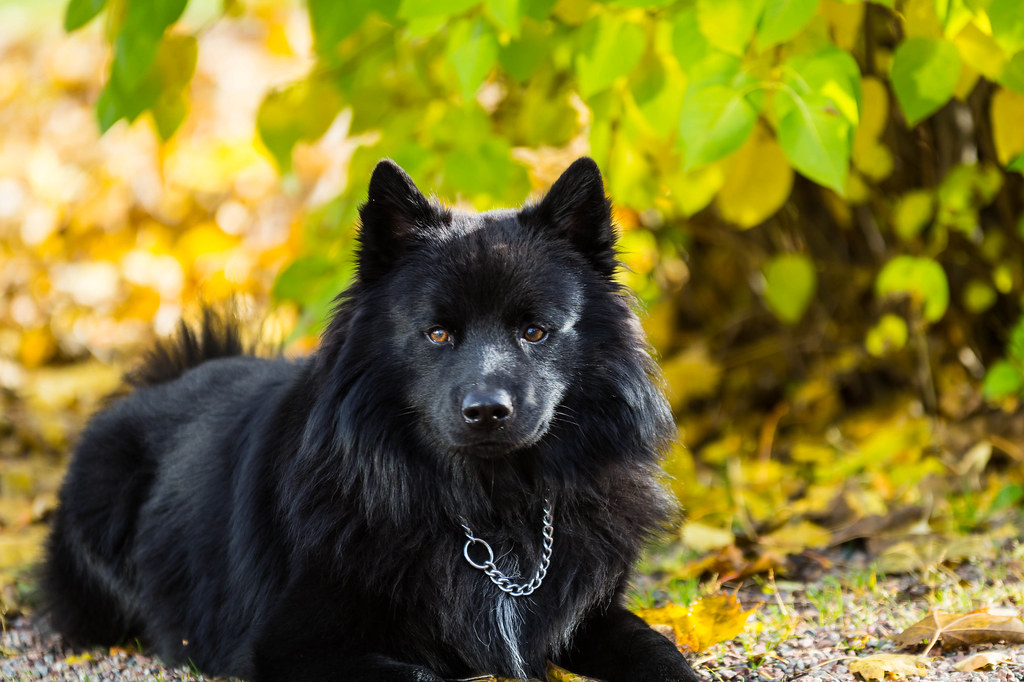
The Swedish Lapphund (Swedish: Svensk Lapphund) is a breed of dog of the Spitz type from Sweden, one of three Lapphund breeds developed from a type of dog used by the Sami people for herding and guarding their reindeer. The expression “the black beauty of Norrland” is very often attributed to the Swedish Lapphund, which is most likely one of Sweden’s oldest breeds.
The Swedish Lapphund has its origins among the ancient hunting tribes of northern Scandinavia, from the land that the Sámi people call Sapmi. In Sámi mythology it is said that the Lapphund sought the post of worker amongst the Sámi people in exchange that it would always be well-treated. The Lapphund has been used mainly for hunting and guarding. When the Sámi people started to keep domestic reindeer in the mid-18th century, the Lapphund’s repertoire was expanded to include herding.
2.Norrbottenspets
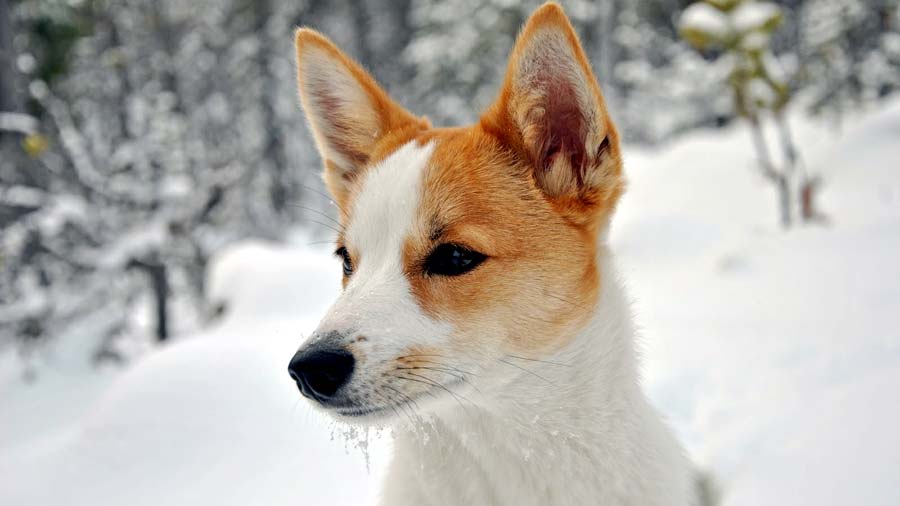
The Norrbottenspets is a breed of dog of the spitz type. It is a breed whose original purpose was a farm and hunting dog but has recently become more popular as a companion dog. The Norrbottenspets is used to hunt wood grouse, black grouse, capercaillie and hazel grouse, but also fox, marten and raccoon. Some individuals are also effective with mammals as large as moose and grizzly bear. Norrbottenspets was formerly used in hunting squirrels when squirrel fur was valuable at the beginning of the 20th century and earlier.
3.Jämthund / Swedish Elkhound
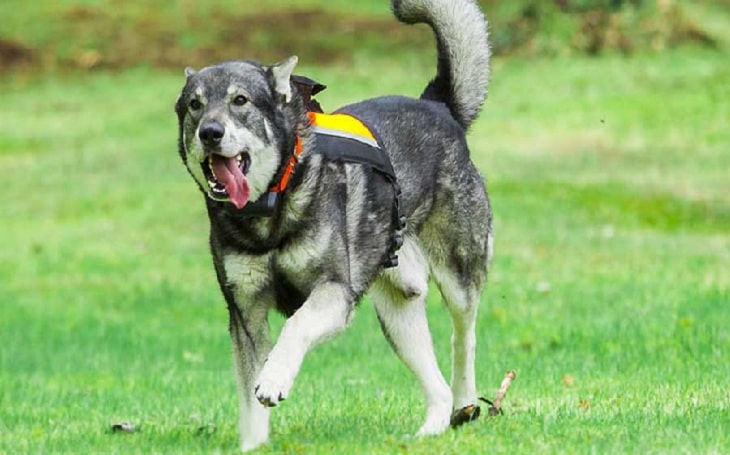
The Jämthund, also called the Swedish Elkhound, is a breed of dog of the Spitz type that is found in Northern Europe. The Jämthund is eponymous with Jämtland, a province in the middle of Sweden.
The breed found in northern Scandinavia. It is the result of a female wolf-male dog hybridization that occurred post-domestication. The maternal wolf sequence that contributed to these breeds has not been matched across Eurasia and its branch on the phylogenetic tree is rooted in the same sequence as the 33,000-year-old Altai dog (not a direct ancestor).
4.Svensk vit älghund / Swedish White Elkhound
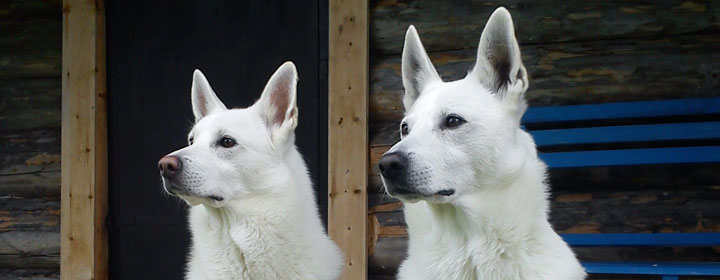
5.Hälleforshund
Hällefors Elkhound (Swedish: Hälleforshund) is a Swedish dog breed.

The breed was developed in Svealand, but its more detailed area of origin has been argued. It is stated that despite its name, it was not created in Hällefors, but in Fredriksberg village located in neighbouring Ludvika Municipality. It has mainly been used as a deer-hunting dog and its most remarkable ancestors are the Finnish Spitz and the Ostyak Laika.
6.Västgötaspets / Swedish vallhund
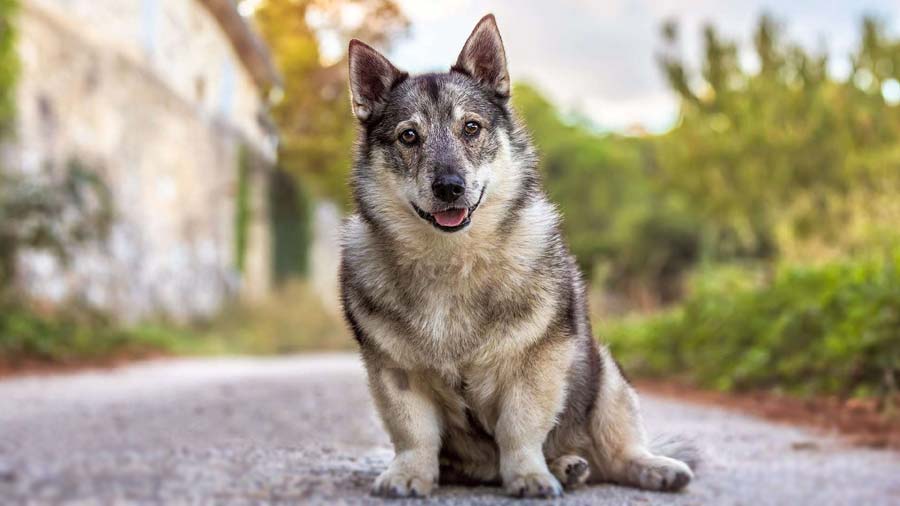
The Swedish Vallhund, also known as the Västgötaspets and Swedish cow dog, is a breed of dog native to Sweden. The breed’s name, Vallhund, when translated into English, means herding dog, as the Swedish Vallhund was originally bred as a drover and herder of cows over 1,000 years ago. In 1942, the dog came close to extinction, but careful breeding and publicity by Swedish national Bjorn von Rosen and K. G. Zettersten managed to revive the breed in popularity and save it from its likely end.
7.Schillerstövare / Schiller Hound
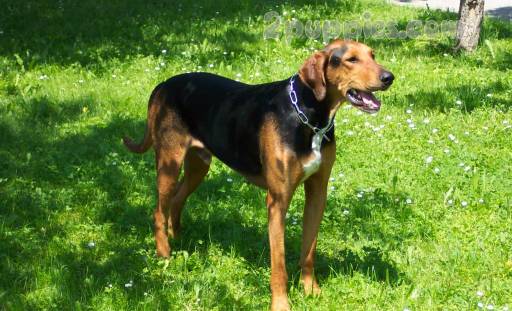
The Schillerstövare, translated as the Schiller Hound in English, is a breed of dog of the scenthound type, originating as a hunting dog in Sweden in the late 19th century.
The Schillerstövare is a medium to large-sized running hound for hunting fox and hare, standing 53–61 cm (21-24 ins) at the withers and weighing 18–25 kg (40-55 lbs). The coat is harsh and not too short, lying close to the body. The colour is black and tan, a tan body with a black mantle on the back. The drop ears are broad and not excessively long, and the long tail is carried on a line with the back when running. Faults in the breed (which indicate the dog should not be bred) include items of structure that would impede running, such as the obtuse angle between the shoulder blade and upper arm and restricted hind movement, along with dish faced and aloofness.
8.Hamiltonstövare / Hamilton Hound
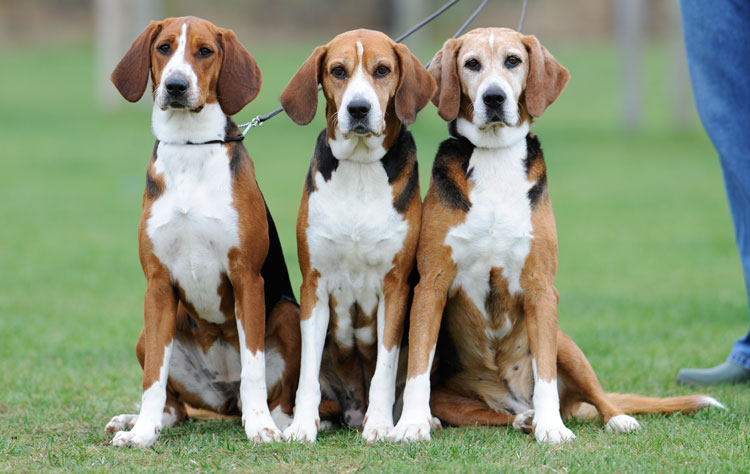
The Hamiltonstövare is a breed of dog, bred as a hunting hound. The breed was developed in Sweden by the founder of the Swedish Kennel Club, Count Adolf Hamilton. Its ancestry includes several German hounds as well as English Foxhounds and Harriers.
The breed is known by the white blaze on the head, down the neck, four white paws, and a white tail tip. It differs from an English Foxhound in that its frame is lighter.
9.Gotlandsstövare

10.Smålandsstövare
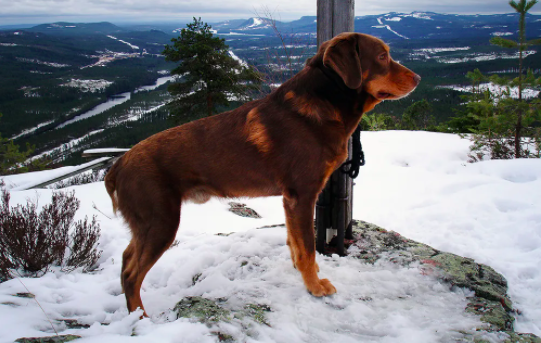
Smaland Hound (Swedish: Smålandsstövare) is a breed of dog that originated in Sweden in the 16th century. Thought to be the oldest scent hound breed native to Sweden, it was first recognized by the Swedish Kennel Club in 1921. They are the smallest of the Swedish hound breeds and have black and tan markings similar to the rottweiler. Internationally. It is considered rare, even in its native Sweden where only around sixty puppies are registered each year.
11.Drever
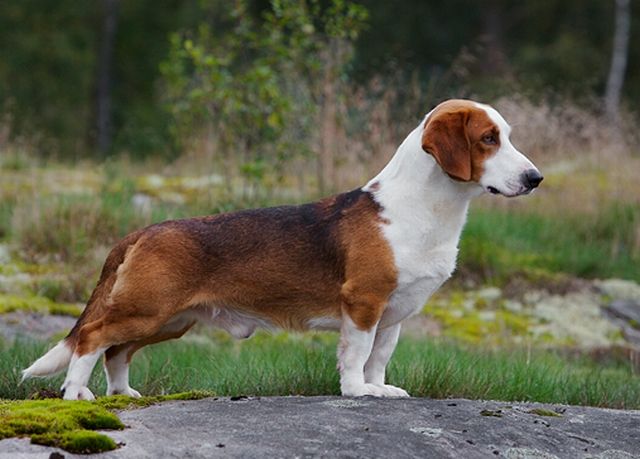
The Drever is a breed of dog, a short-legged scenthound from Sweden used for hunting deer and other game. The Drever is descended from the Westphalian Dachsbracke, a type of German hound called Bracke. The breed name Drever was chosen through a contest in 1947.
The Drever is a Swedish breed originating with the Westphalian Dachsbracke (a small hound for tracking deer), brought from Germany to Sweden around 1910, and crossbred with other hounds to adjust “to Swedish terrain and game.” By the 1940s there were two distinctive sizes of the Dachsbracke, and a newspaper contest was held in 1947 to choose the new name for the slightly larger variety; Drever was chosen, from the Swedish word drev, referring to a type of hunt where the dogs drive the game towards the hunter. The Drever was then recognised by the Swedish Kennel Club as a separate breed in 1947.
12.Dansk-Svensk gårdshund / Danish-Swedish Farmdog
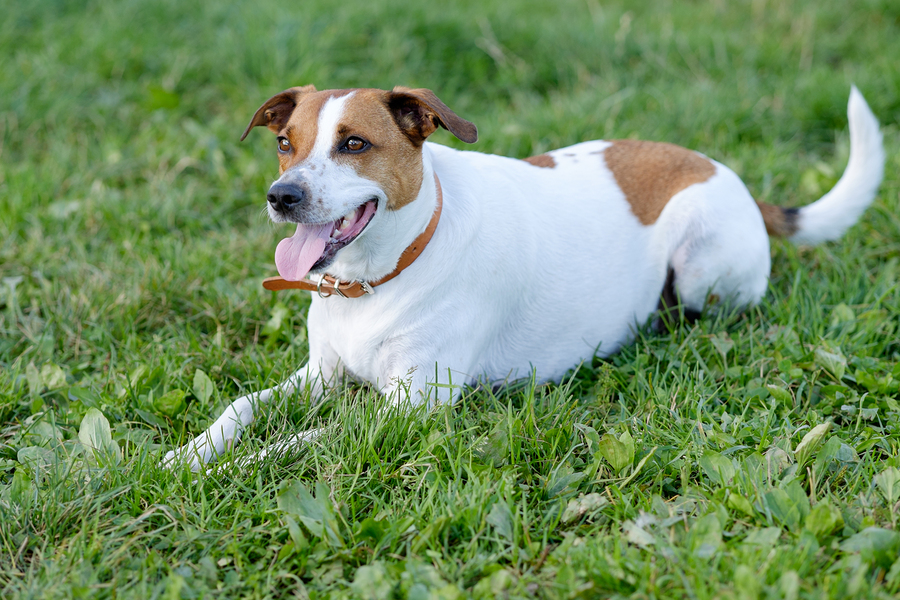
Danish–Swedish Farmdog (Swedish: Dansk-Svensk gårdshund) is a breed of dog that has its origin in Denmark and southern Sweden but has become popular all over Scandinavia. It is an old native breed which has historically lived on farms in the eastern part of Denmark and southernmost part of Sweden (i.e. on both sides of The Sound, the narrow strait that separates the Danish island of Zealand from the southern tip of the Scandinavian peninsula), serving as a guard dog, rat catcher and hunting dog. The breed’s soft and gentle temperament also makes them excellent companion dogs. There are some indications that the breed originates from the pinscher breeds and the British white hunting terriers. Read More…